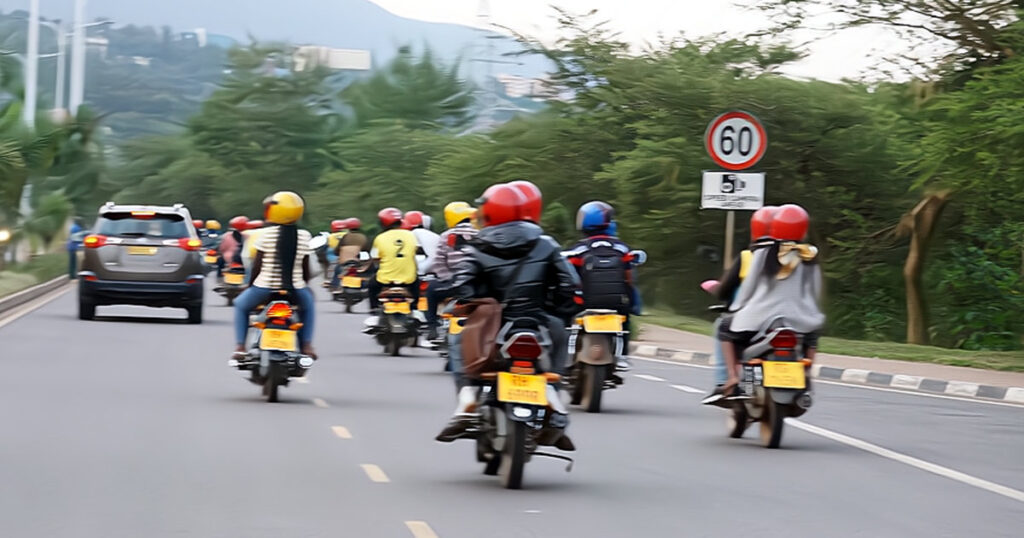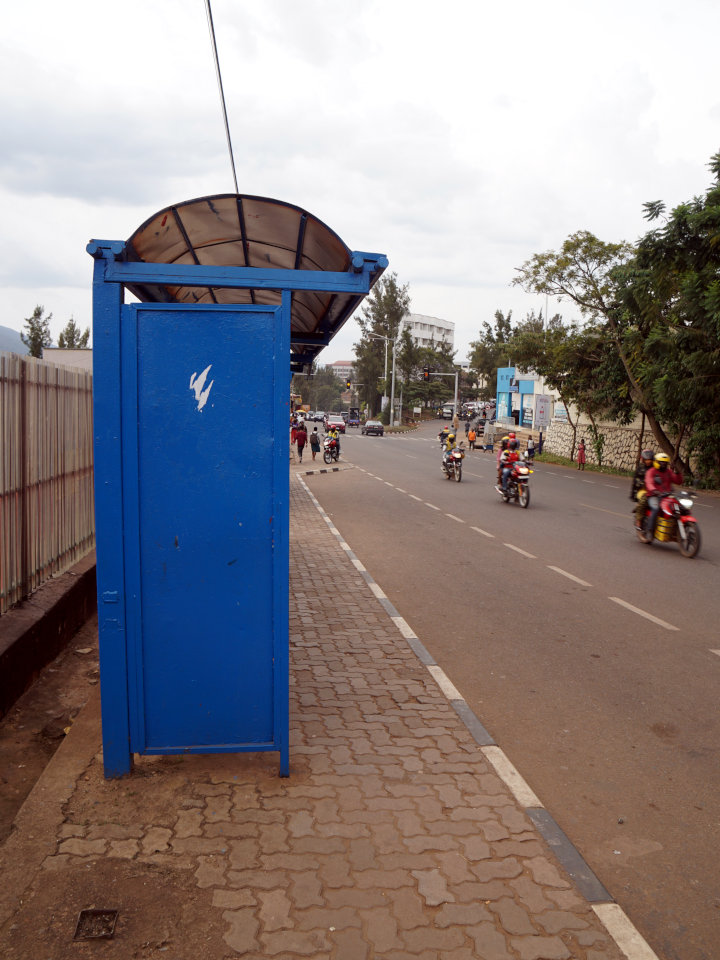During the last week here in Kigali, I’ve had a lot of opportunities to talk with local people about public transport. It was very encouraging to see that Trufi can support them in several ways.
Bus Scarcity
Several users said that there are not enough buses. And yes, the numbers of buses are in fact slightly declining (from 2,135 to 2,113 according to this RURA report from 2022). Therefore, the authorities have recently bought new buses, also including EV’s.
However, “not enough buses” means more importantly that people wait a very long time for a bus that then often near full or even too full to enter. What we found out in our pilot, in which we are already GPS-tracking more than 60 buses, is that many buses don’t leave the terminal because of on-going maintenance.
Trufi cannot repair buses but we can create visibility about the availability of buses and capacities for users.

Motos Fill The Gap
Because buses became scarce at the same time that demand for mobility is growing, the number of motorcycle taxies – motos –has increased by 40 percent in one year, from 20,214 to 28,587. This clearly shows that more investments in buses are important, not only because motos are less eco-friendly but also because they cost passengers 4-5 times more than the bus.
Wait Times
Many people complained that they sometimes wait one or two hours. Our app will help here and tell users the ETA of the bus, or whether they should look for alternatives. However good ETA calculation needs GPS-tracking, and we hope to put a lot of effort to this aspect of the project.
For those without smartphones, USSD services could inform about ETA, and maybe more importantly, displays on the bus stations can inform everyone, which are the next buses coming and when.
Estimating Demand Is Guesswork
The authorities currently have to guess the gross demand for bus service because there’s no data about it. Of course, thanks to Tap&Go, transport planners know where users buy their tickets. But the real demand is hidden because for this, people have already traveled to the locations where tickets are sold and recharged.
Our app is perfect in solving this when there is a certain critical mass of users, because our users use the app to search for the best journey from origin to destination. The user searches are on the operator’s server (in compliance with GDPR privacy standards) allowing data analysts to calculate which journeys are often requested along with how good the journey options were in terms of duration, costs, and transport changes. The calculations can be even combined with maps showing the density of population or the income of people, so that authorities are enabled to strategically support their mobility strategies.
Price Structure and Income
Last but not least, people mentioned transparency on prices. The prices currently depend on the total length of the bus line and not the distance the actually travels on the bus line. This is of course difficult to explain, because the users pays more if the bus line is long – which is out of their control. Our apps can inform the user about the costs of different alternatives, so that they can make an informed decision.
Talking about prices, here a short comparison between the transportation modes:
- Bicycle taxi 100 Rwandan Francs (RWF) – the price of a banana
- Bus 300 to 400 RWF – depending on the length of the bus line
- Moto taxi 500 to 1,500 RWF – depending on the trip
- Taxi 5,000 to 15.000 RWF – depending on the trip
Rwanda is a low-income country. A typical daily wage could be around 3,000 RWF or even lower. Seeing these numbers, you know that many people cannot easily afford to use motos every day, otherwise they’d spend too much of their income on transport.

